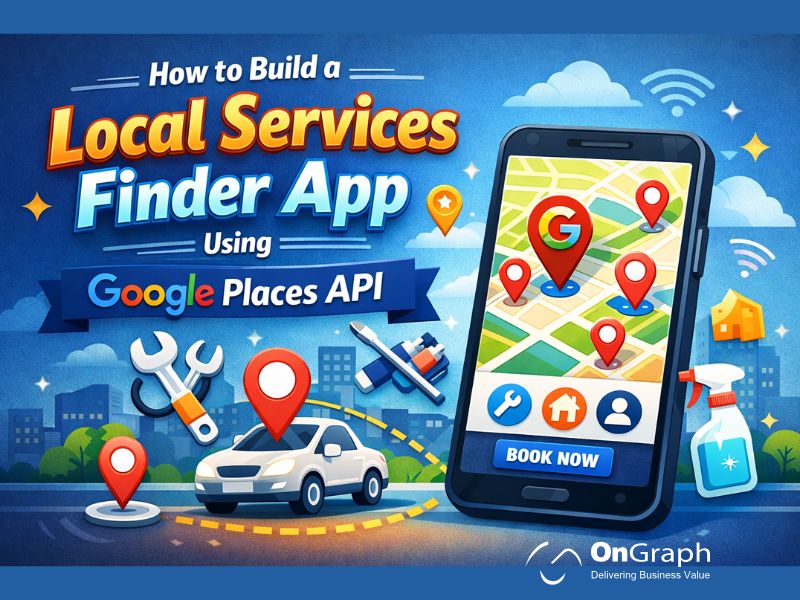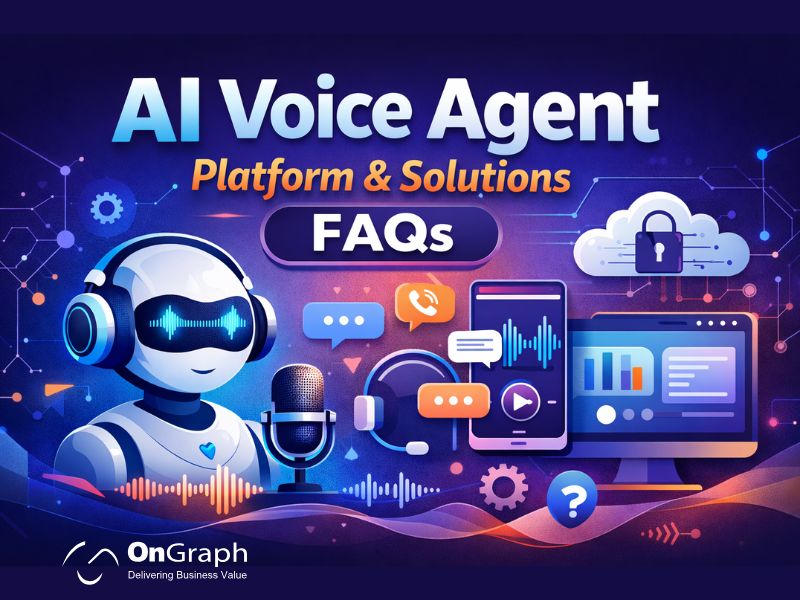In this article
- The Rise of Dating Apps and Why Tech Stack Matters
- What is Flutter?
- Benefits of Flutter for Dating App Development
- Real-World Example: A Flutter Dating App in Action
- Flutter vs Native for Dating Apps
- How to Get Started
- Why Partner with a Flutter App Development Company?
- Cross-Platform Compatibility and Reach
- Conclusion
In the era of digital relationships, dating apps have become an integral part of modern social interaction. Whether it’s finding a soulmate, making new friends, or exploring casual connections, mobile apps have redefined how people meet and communicate. For startups and entrepreneurs looking to tap into this fast-growing industry, choosing the right technology stack is critical. Among the top contenders, Flutter for dating app development has emerged as a game-changer, offering a powerful solution—especially for cross-platform app development—through Google’s open-source UI toolkit.
In this blog, we’ll explore why Flutter is an ideal choice for building dating apps, backed by real-world examples, performance stats, and a brief case study. We’ll also compare it with native development and highlight how a trusted Dating App Development Company can accelerate your launch.
The Rise of Dating Apps and Why Tech Stack Matters
The global dating app market was valued at over $8.5 billion in 2023 and is projected to grow at a CAGR of 7.8% through 2030. Apps like Tinder, Bumble, and Hinge have demonstrated that seamless user experiences, real-time updates, and visual appeal are crucial for engagement and retention.
When developing such feature-rich applications, developers often face a key decision: Should they build natively for iOS and Android, or use a cross-platform framework?
This is where Flutter comes in.
What is Flutter?
Flutter is a UI software development toolkit developed by Google, designed to build natively compiled applications for mobile, web, and desktop from a single codebase. Its core programming language is Dart. With a strong developer community, robust libraries, and growing enterprise adoption, Flutter has quickly become the go-to choice for mobile applications.
Unlike other frameworks that rely on native components, Flutter uses its own rendering engine to deliver high-performance, visually consistent experiences across platforms.
Benefits of Flutter for Dating App Development
1. Single Codebase for Faster Development
One of the biggest advantages of using Flutter is the ability to write a single codebase for both iOS and Android. This significantly reduces development time and cost while ensuring consistency in performance and UI across platforms. Whether you want to build a minimal MVP or a full-fledged app, Flutter gets you to market faster.
This makes Flutter dating app development highly efficient for startups aiming for speed without compromising on quality.
2. Beautiful, Customizable UI
Dating apps demand visually appealing and smooth interfaces to stand out in a crowded market. Flutter’s widget-based architecture enables developers to create beautiful, interactive UIs that are fully customizable. This flexibility is crucial for designing features like profile swipes, animated chat windows, and in-app video calling interfaces.
3. Real-Time Features with Firebase Integration
Dating apps often rely on real-time chat, location services, push notifications, and analytics. Flutter seamlessly integrates with Firebase, allowing you to easily implement real-time functionality. For example, sending instant messages or triggering in-app notifications when a user gets a new match can be implemented with minimal setup.
4. Hot Reload for Quick Iterations
Flutter’s “hot reload” feature lets developers see changes in real time without restarting the app. This is invaluable during the prototyping and testing phases of Flutter app development, as it accelerates debugging and UI adjustments.
5. Scalability and Maintainability
As your app scales, maintaining code and adding features can become complex. Flutter’s clean code structure and modular widgets make it easy to manage and scale applications, especially when working with a large team or handling versioned feature rollouts.
Real-World Example: A Flutter Dating App in Action
Case Study: “LoveConnect”
LoveConnect is a Flutter-powered dating app launched by a European startup in 2022. The founders wanted to build a dating app quickly without maintaining separate codebases for Android and iOS. Their key requirements included:
- Profile swiping (like Tinder)
- Real-time chat and video calling
- Geo-location-based match discovery
- User Verification
They chose Flutter due to its fast development cycles, attractive UI components, and compatibility with Firebase. Within four months, they launched an MVP that reached 50,000+ downloads in the first 90 days.
Performance remained stable, and user reviews praised the app’s smooth UI, even on older devices. Thanks to Flutter, the team was able to roll out weekly updates and new features with minimal friction.
Flutter vs Native for Dating Apps
When it comes to Flutter vs native for dating apps, here’s how they stack up:
| Criteria | Flutter | Native (iOS/Android) |
| Codebase | Single | Separate for each platform |
| Development Cost | Lower | Higher |
| UI Customization | High (with widgets) | High (platform-specific) |
| Performance | Near-native | Native |
| Time to Market | Faster | Slower |
| Maintenance | Easier (one team/codebase) | Harder (two teams/codebases) |
Unless you need hardware-level integrations or platform-specific optimizations, Flutter is ideal for most dating app use cases.
How to Get Started?
If you’re considering building a dating app with Flutter, here’s a basic roadmap:
1- Define Core Features: User registration, swiping, chat, profile setup, filters, etc.
2- Design UI/UX: Use Figma or Adobe XD to plan your screens.
3- Choose a Backend: Firebase is a common choice; other options include Node.js or Django with a REST API.
4- Hire a Developer or Partner with a Team: Look for a Dating App Development Company with Flutter expertise.
5- Test Thoroughly: Use real devices and emulators to test for bugs, lag, or UX issues.
6- Launch and Monitor: Use tools like Firebase Analytics or Mixpanel to track user behavior and engagement.
Why Partner with a Flutter App Development Company?
Hiring a specialized agency can save months of trial and error. An experienced Flutter development team understands how to optimize performance, integrate third-party tools, ensure security, and deliver engaging features—all essential for dating apps.
Working with a Flutter mobile app development team ensures you get expert-level support across UI/UX, backend, and DevOps—making your app robust, scalable, and future-ready.
Cross-Platform Compatibility and Reach
Using Flutter means you can launch your dating app on both Android and iOS without doubling your development effort. With over 6.5 billion smartphone users globally, leveraging cross platform mobile app development enables you to reach a wider audience faster—especially valuable when you’re building a user-based social platform.
Conclusion
Flutter provides a compelling solution for modern dating app development. With its ability to reduce costs, speed up development, and offer a native-like experience on both platforms, it’s no surprise more founders are turning to Flutter for their dating app ventures. If you’re looking to disrupt the relationship space with a bold new app, Flutter is not just an option—it’s your strategic advantage.
FAQs
Yes, Flutter is a highly reliable and stable framework developed by Google. It allows you to build beautiful, high-performance apps for both Android and iOS from a single codebase. With large-scale apps like Tinder-style swipers, chat, and video calling, Flutter provides smooth performance and quick iteration cycles.
The cost of Flutter dating app development depends on the features, UI complexity, and backend integrations. A basic MVP may cost between $10,000–$25,000. A full-featured app with subscriptions, live chat, video calling, and AI matching can go up to $60,000 or more.
Absolutely. Flutter apps are highly scalable due to their modular architecture. Combined with backend solutions like Firebase or custom APIs, it’s easy to add new features, expand your user base, and scale the infrastructure as your app grows.
Core features include:
- Swipe-based matching
- User profiles
- Real-time chat and video calls
- Geolocation and filtering
- Push notifications
- In-app purchases or subscriptions
All of these can be implemented seamlessly using Flutter’s rich widget library and Firebase integration.
Flutter allows for faster development, lower costs, and a single team to manage both platforms. While native development may offer slightly better performance for extremely hardware-intensive apps, for most dating apps, Flutter is more than sufficient and offers near-native performance.
A basic version of a dating app with core features can be developed in 2–3 months using Flutter. A feature-rich app with custom UI, AI-based recommendations, and third-party integrations may take 4–6 months.
Yes. One of the biggest advantages of Flutter is its ability to compile code into native binaries for both Android and iOS from a single codebase. This means you can launch simultaneously on both platforms and maintain consistency across devices.
About the Author
Let’s Create Something Great Together!
Latest Blog
















